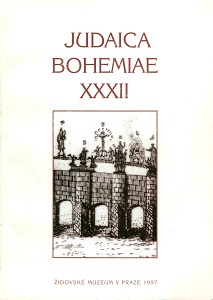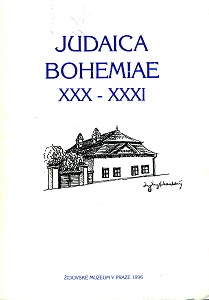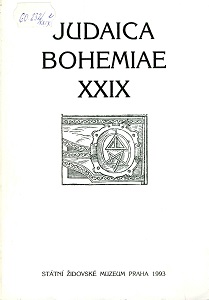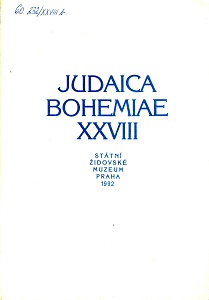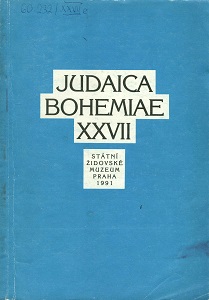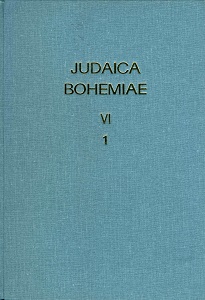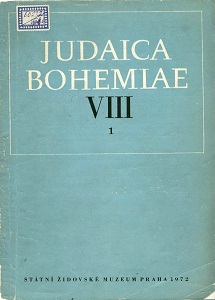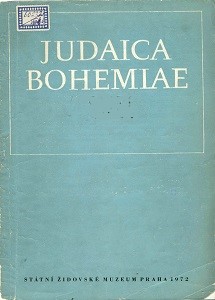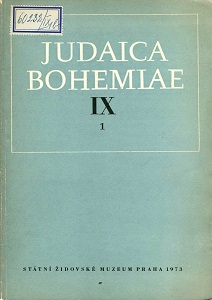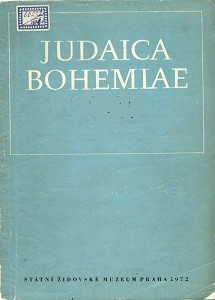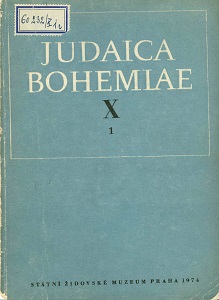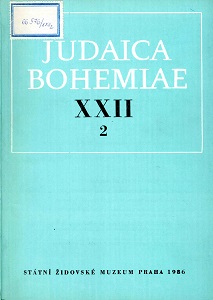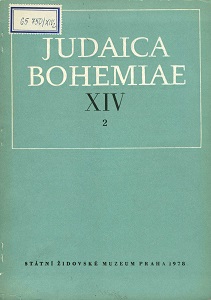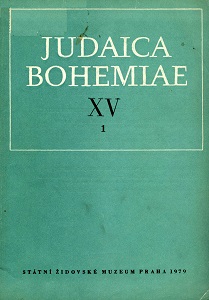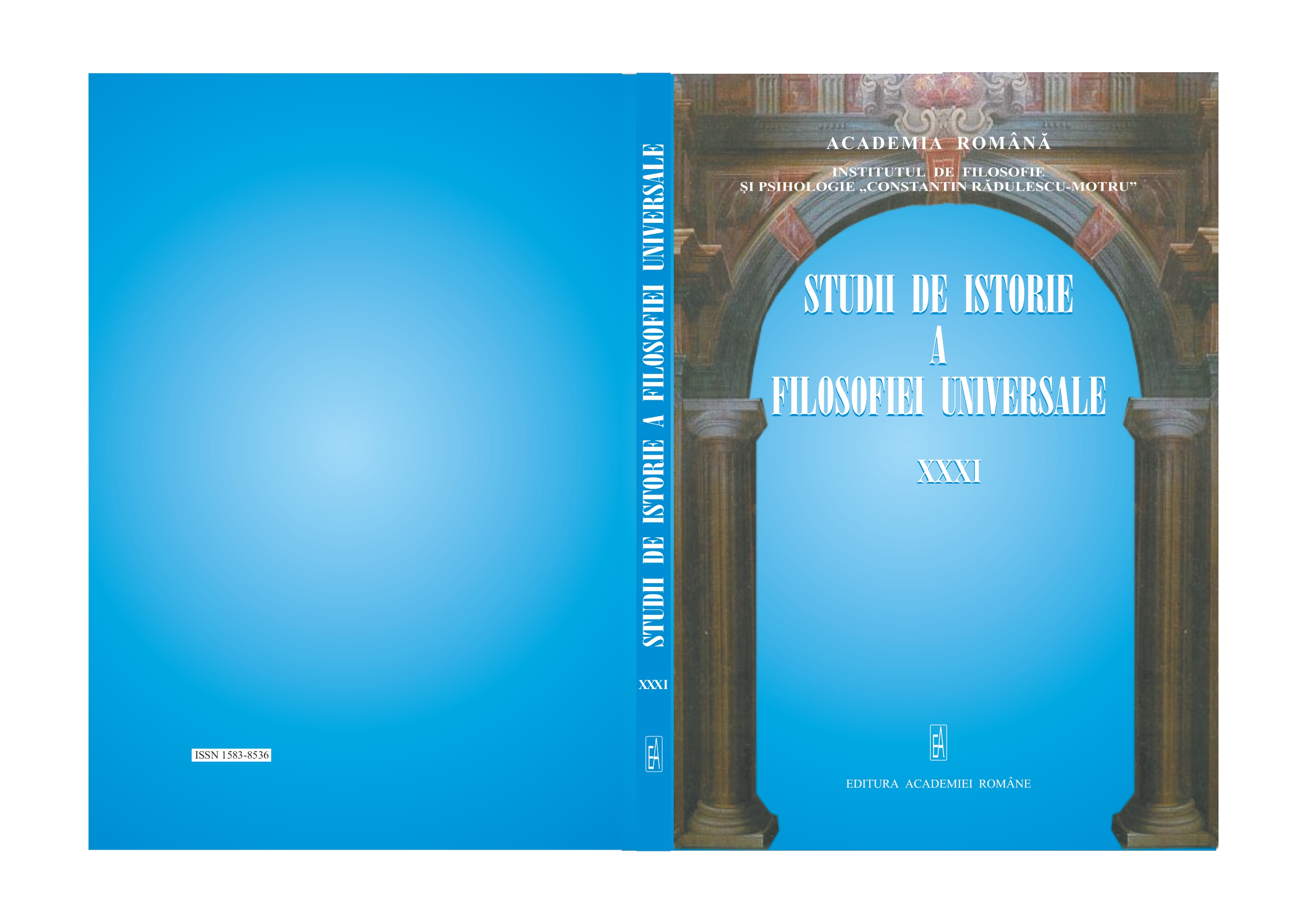
Spinoza și Uriel da Costa. Schița unei filiații analitice
The paper circumscribes, through a specific history of ideas approach, the influence on Spinozaʼs philosophy and his radical biblical analysis of the unique intellectual and religious model of marranos ‒ Sephardic “secret Jews” forcibly converted to Christianity in Spain and Portugal, later converted to Judaism in their exile in the Netherlands in particular. From the “radical cases” of heterodox marranos, the paper presents the historical and linguistic coordinates of Uriel da Costa’s biblical criticism, followed by Spinoza as well, and also the similarities of thought and existential parcours between the two thinkers.
More...
